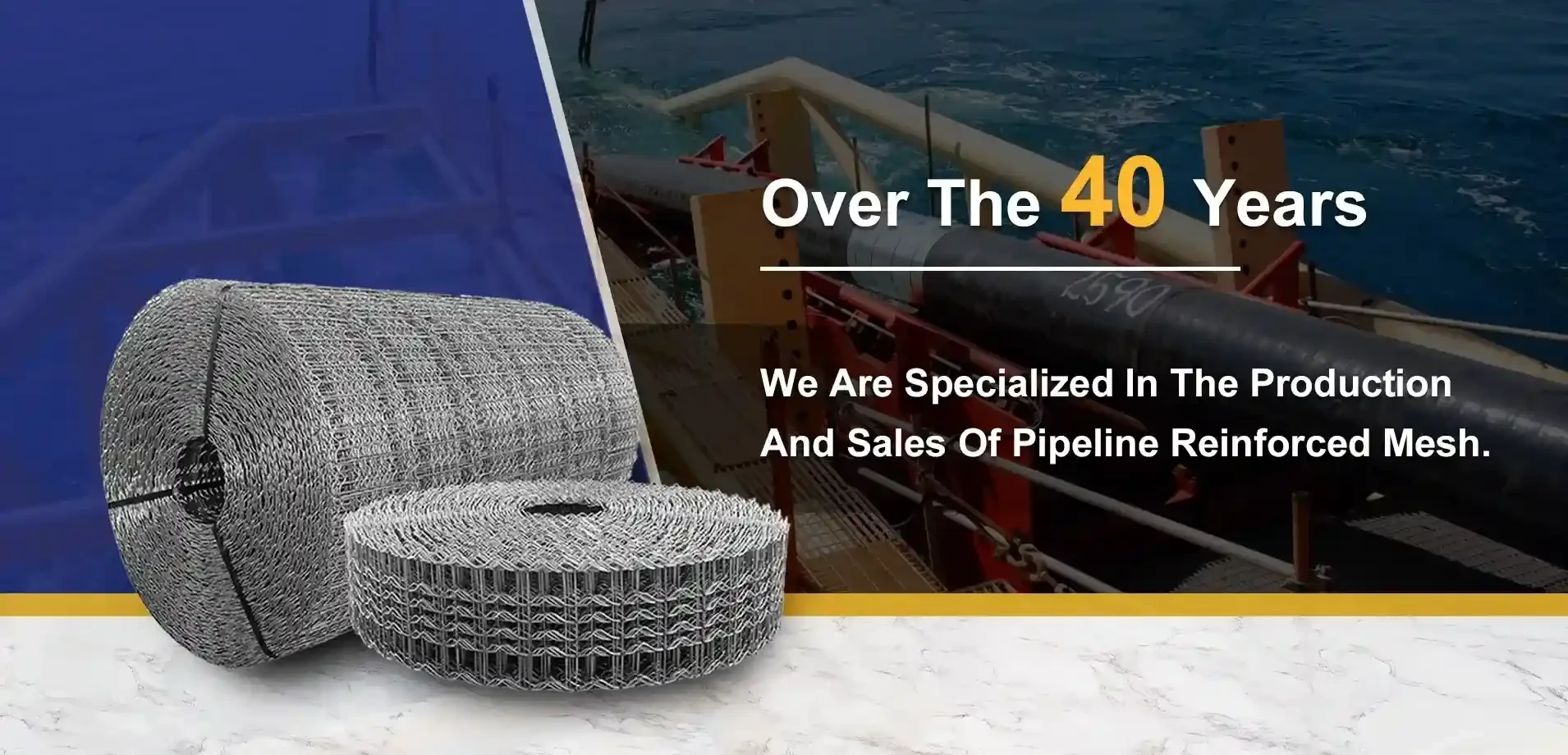- Industrial zone, South of Anping Town, Hengshui, Hebei, China.
- sales@hfpetromesh.com
- +86-18931809706
expanded metal walkway grating
Expanded Metal Walkway Grating A Versatile Solution for Safety and Durability
In various industrial, commercial, and architectural applications, the choice of materials is crucial to ensure safety, durability, and functionality. One material that has become increasingly popular due to its myriad benefits is expanded metal walkway grating. This innovative material is not only practical but also aesthetic, making it a favored choice among architects, engineers, and property managers.
Expanded metal walkway grating is produced by taking a sheet of metal, typically steel, aluminum, or stainless steel, and slitting and stretching it to create a mesh-like structure. The process results in a lightweight yet robust product that offers a range of advantages over traditional grating materials.
Safety First
One of the primary concerns in any walkway or platform design is safety. Expanded metal grating provides excellent traction due to its raised surface, reducing the risk of slips and falls, even in wet or oily conditions. This quality makes it particularly suitable for places like factories, warehouses, and outdoor environments where safety is paramount. Moreover, its open design allows for the easy drainage of water, preventing puddles that could lead to hazards.
Durability and Longevity
Durability is another significant advantage of expanded metal walkway grating. The metallurgical properties of the materials used make it resistant to wear and tear, as well as corrosion. For instance, aluminum grating is lightweight and resistant to rust, making it an excellent option for outdoor applications. On the other hand, stainless steel grating provides enhanced strength and corrosion resistance, ideal for harsher environments like chemical plants. With proper maintenance, expanded metal grating can last for decades, making it a cost-effective investment.
Versatility Across Applications
expanded metal walkway grating

Expanded metal walkway grating is extremely versatile. Its applications range from pedestrian walkways and platforms in industrial plants to decorative features in gardens and parks. It can be customized in various sizes, thicknesses, and finishes to meet specific needs. Architects often use expanded metal grating not just for functional purposes but also as a design element, integrating it into facades, railings, and screens for a modern look.
Ease of Installation
Installation time and ease are critical factors in project management. Expanded metal walkway grating is relatively easy to install compared to other forms of flooring and grating systems. Its lightweight nature allows for quick handling and assembly, reducing labor costs and downtime in industrial settings. Also, since it comes in standard sizes and can be cut to fit specific dimensions, customization is simple.
Sustainability
In today's world, sustainability is an important consideration in any construction project. Expanded metal grating is often made from recyclable materials, particularly aluminum and steel, which aligns with eco-friendly building practices. Its longevity also means that fewer resources are expended on replacements and repairs, minimizing environmental impact over time.
Conclusion
In summary, expanded metal walkway grating is a material that embodies safety, durability, versatility, and ease of use. Its numerous benefits make it an exceptional choice for a wide range of applications, from industrial walkways to decorative architectural elements. As industries continue to emphasize safety and sustainability, the popularity of expanded metal solutions is set to rise. Whether you are an architect looking to enhance a design or a facility manager seeking reliable materials, expanded metal walkway grating stands out as a leading choice that meets modern demands for performance and aesthetics.
-
The Power of Pyramid Shaker Screen - A 3-Dimensional SolutionNewsOct.24,2024
-
Exploring the Versatility and Durability of Steel GratingNewsOct.24,2024
-
Revolutionizing Drilling Efficiency with Steel Frame Shaker Screens for Mud Shale ShakersNewsOct.24,2024
-
Potential of Shale Shaker ScreensNewsOct.24,2024
-
Offshore Pipeline Counterweight Welded Mesh - Reinforced Mesh in Marine EngineeringNewsOct.24,2024
-
Revolutionizing Offshore Pipeline Stability with Concrete Weight Coating MeshNewsOct.24,2024
